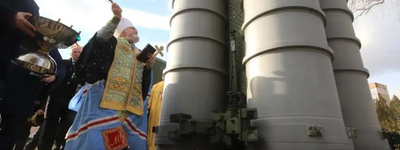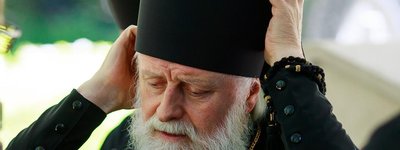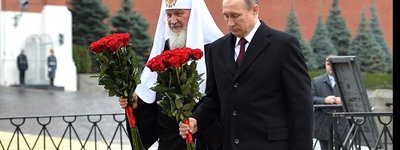Research & Branding Fake
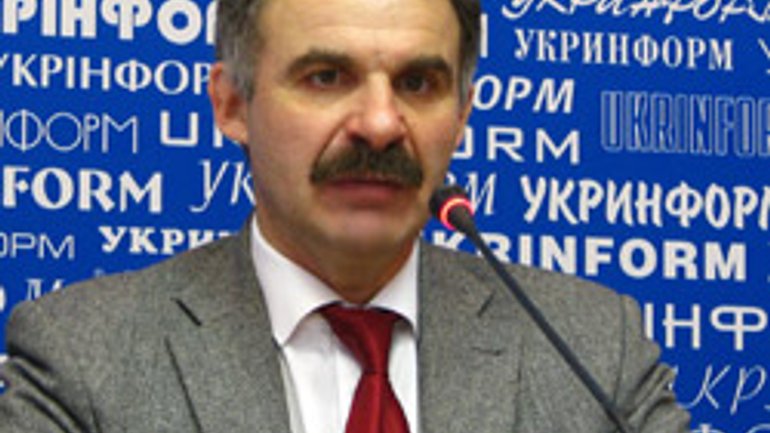
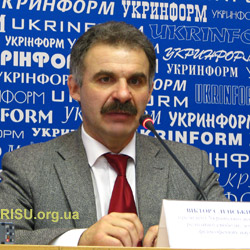 The marketing and sociological research company Research & Branding Group published the results of Ukrainians’ attitudes toward religion and the church. The study again confirmed well-known facts: that the level of faith in the church, for example, is disproportionately higher than the level of faith in any government institutions; that Metropolitan Volodymyr remains the most authoritative hierarch despite all maneuvers that began in his church during the illness of the Primate; that most Orthodox in this country are “cultural Orthodox believers,” that is, those who see in Orthodoxy above all not a live faith but folk tradition. Therefore, there are more “plain Orthodox believers” than those affiliated with a particular Orthodox church. It was no eye-opener that only one sixth of respondents believe that the alleged schism in Ukrainian Orthodoxy is caused by differences in matters of faith – while three-quarters believe it has to do with politics, and 17% think it is a result of the “great international policy.”
The marketing and sociological research company Research & Branding Group published the results of Ukrainians’ attitudes toward religion and the church. The study again confirmed well-known facts: that the level of faith in the church, for example, is disproportionately higher than the level of faith in any government institutions; that Metropolitan Volodymyr remains the most authoritative hierarch despite all maneuvers that began in his church during the illness of the Primate; that most Orthodox in this country are “cultural Orthodox believers,” that is, those who see in Orthodoxy above all not a live faith but folk tradition. Therefore, there are more “plain Orthodox believers” than those affiliated with a particular Orthodox church. It was no eye-opener that only one sixth of respondents believe that the alleged schism in Ukrainian Orthodoxy is caused by differences in matters of faith – while three-quarters believe it has to do with politics, and 17% think it is a result of the “great international policy.”
What is special about this study? That it was not done in the whole country but only in the center and the south east. Clearly, given the much more consistent religious behavior of the population in the western regions (confirmed by all, without exception, studies of religiosity of Ukrainians), this sample slightly, to say the least, distorts the picture. If, say, the authors of the study pursued a deeply noble and purely academic purpose in studying features of religiosity in the center and east of the country, then it seems logical to compare this religiosity with something: if not with the nationwide religiosity – which seems self-evident – then with the religiosity of some other people. Such studies are always interesting – once sociologists studied the behavior of the religious population of Kharkiv Oblast and the neighboring Belgorod Oblast of Russia and by comparing the results they reached many interesting and even unexpected conclusions.
However, the reasons of the rather unique “research focus” become clear very quickly – as soon as the survey authors begin asking questions about ownership, which they have carefully saved to the end. Having discovered that in the investigated part of the country there are more Orthodox who belong to the Ukrainian Orthodox Church-Moscow Patriarchate than to the UOC-Kyivan Patriarchate, sociologists ask softly of their respondents: Would you be opposed to the government passing – I quote – “to the Ukrainian Orthodox Church (Metropolitan Volodymyr) the right to use or ownership of the following: Saint Bohoyavlensky Convent, Pochayiv Dormition Monastery, Kyiv Cave Monastery, Sviatohirsk Dormition Monastery?” Note “the right to use or ownership.” The difference is tiny, but in the question they are easily combined. Second, the authors are interested in only whether respondents would like the transfer to be to the UOC-MP. Whether our fellow citizens would want other churches to have something, the authors do not care – just as they do not care about the increasing difficulties the faithful of the UOC-Kyivan Patriarchate are facing in obtaining land for the construction of churches. The study found that faithful of the UOC-KP make up 14%. And no one knows to whom and what the “plain Orthodox believers” (40% of respondents) would decide to transfer if they were asked about it.
Further, by strange coincidence, four of the shrines listed in the question contain objects that a group of deputies of the ruling majority wants to be removed from those which are not subject to privatization. This group submitted a bill (No. 9690) regarding this to the Parliament. Respondents, however, despite solid preparatory work, the “correct” sample group, and mention of Metropolitan Volodymyr, still opposed this a bit: less than half support the transfer “to use or ownership,” about one in five disapproves, and about third either doesn’t care or is hesitant to answer. And they don’t waver for nothing. The research is clearly being made to ensure that Bill 9690 has “nationwide approval.” But then it would be worth putting the question fairly. For example, like this: “What do you think about the fact that the government is preparing to remove from the list of objects that are not subject to privatization more than 130 buildings, which belong to the world’s historical and cultural heritage?” (including the caves of the Kyiv Cave Monastery, the ruins of the Dormition Cathedral, etc.). Furthermore, it is good to explain that the listed sanctuaries have for a long time been used by the church for free; that free use and privatization, which is envisaged in the aforementioned bill, are different things –as are privatization and the restoration of historical justice in relation to the church.
Warehouses and bars should not be located in the churches – people should pray there. But masterpieces built in the eleventh century, for example, are the property of the people. They should be used as intended, that is, for worship (although there are cases when worship in ancient churches is not possible), remain the lawful property of the state, and managed by special supervisory boards that are made up of truly authoritative figures in science and culture, architects, museum experts, and, of course, the church hierarchy. This would apply to both sites from the UNESCO list and those on the local level – local monuments, such as the wooden churches form the 16th though 19th centuries, which in some regions have burned down at a greater rate in the 20 years of independence than in the entire Soviet period. This will protect the church complexes, on the one hand, from becoming fitness centers, and on the other hand, from reckless “improvements” by some church “aesthetes” (in 1842, their desire to “improve” the Dormition Cathedral of the Monastery so enraged Nicholas I that by a special decree he forbade there to be any building clutter around the shrine; by the way, the Orthodox Church in the Russian Empire from 1763 had almost none of its own property – it all belonged to the treasury).
In the case of the proposed research we deal with manipulation. First, with the sample – it does not represent at least 20% of the country’s population and this is not reason enough describe the modest sample of the research as “regional” (if only because part of the property discussed with the respondents is outside the region). Also, with the questions, which consistently mislead the respondents. It seems that manipulation with sociology, which seemingly left in 2004, is again at work.





